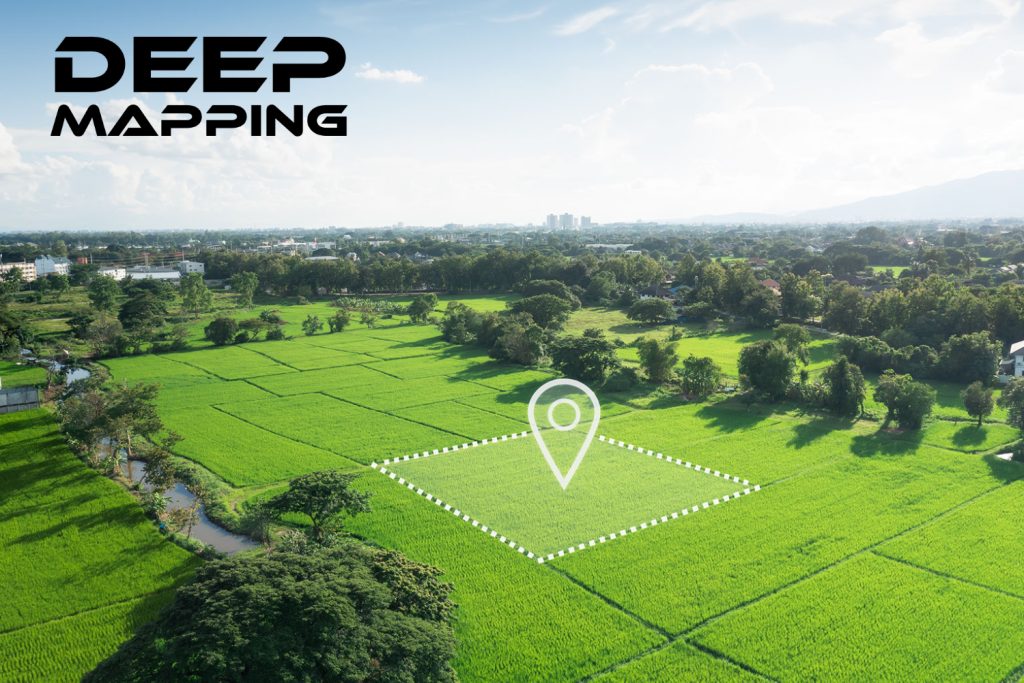
Deep mapping is a relatively new concept in geography and cultural studies, which emerged in the late 1990s and early 2000s. It refers to an approach to mapping that goes beyond the conventional topographic and cartographic representation of geographic space and seeks to uncover the layers of meaning and cultural significance embedded in a place.
The narrative of deep mapping is a story woven into the landscape, revealing the histories, memories, and social practices that have shaped it over time. This narrative is often told through various media, including oral history, archival research, art, and literature.
The deep mapping approach is strongly emphasised on place-based knowledge and participatory research methods. It involves engaging with local communities and stakeholders to understand better the social, cultural, and ecological dynamics underpinning a particular place.
One of the key features of deep mapping is its emphasis on the subjective and personal nature of the place. It recognizes that each individual has a unique experience of a place, shaped by their history, cultural background, and social context. Deep mapping seeks to capture and articulate these perspectives to create a more nuanced and inclusive understanding of a place.
Another essential aspect of deep mapping is its focus on the interconnectedness of different place elements. It recognizes that a place’s natural, built, and social environments are all interrelated and cannot be understood in isolation. Deep mapping, therefore, seeks to explore the complex webs of relationships between these different elements and reveal the hidden connections and patterns underlying them.
Overall, the narrative of deep mapping is a powerful tool for understanding the complex, layered nature of the places we inhabit. By revealing the diverse perspectives, histories, and practices that shape a place, deep mapping can help us to develop a more holistic and sustainable approach to spatial planning and management.




